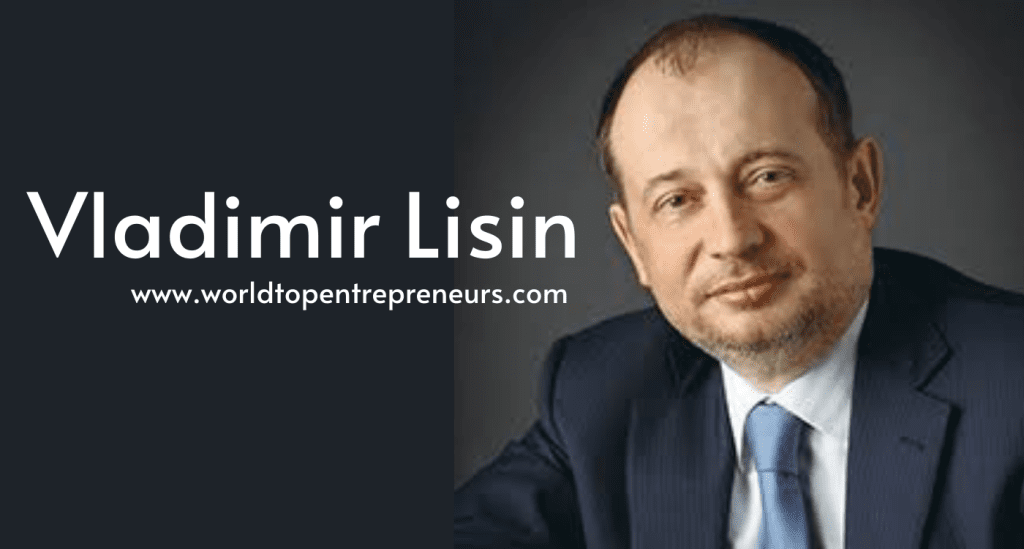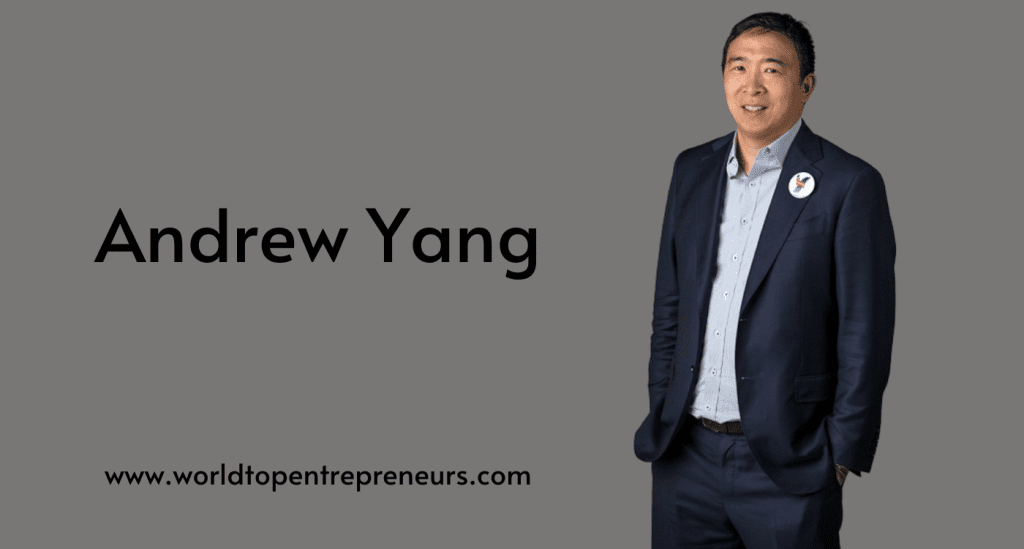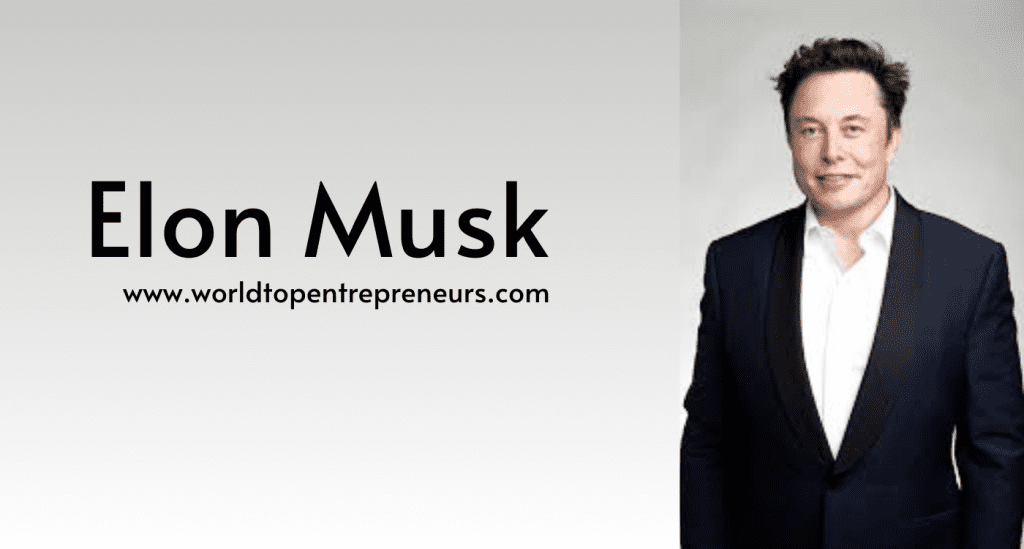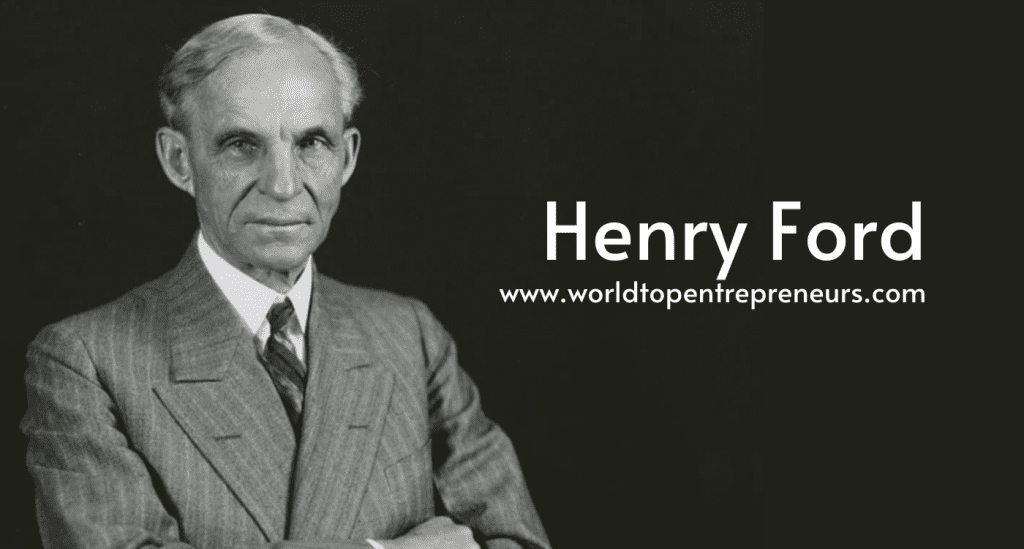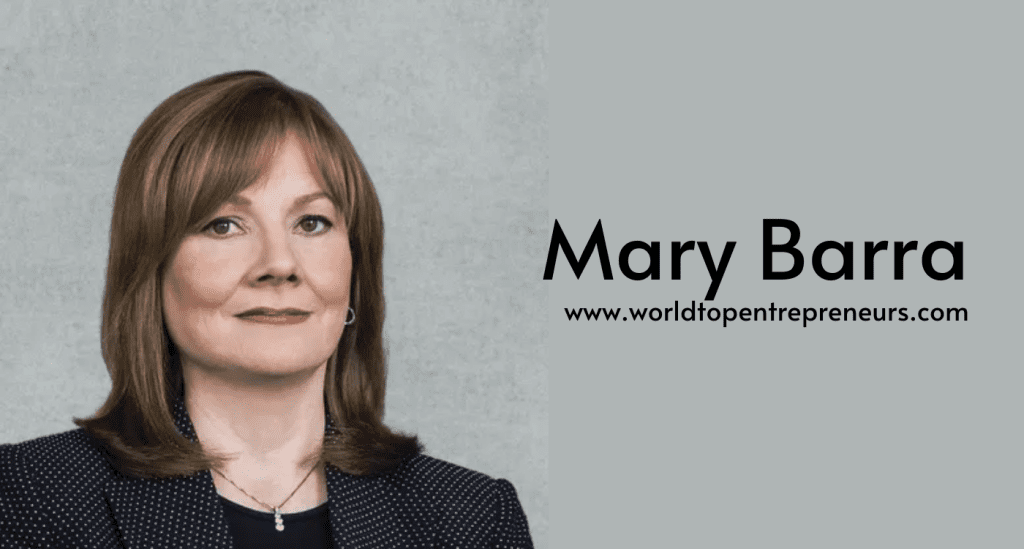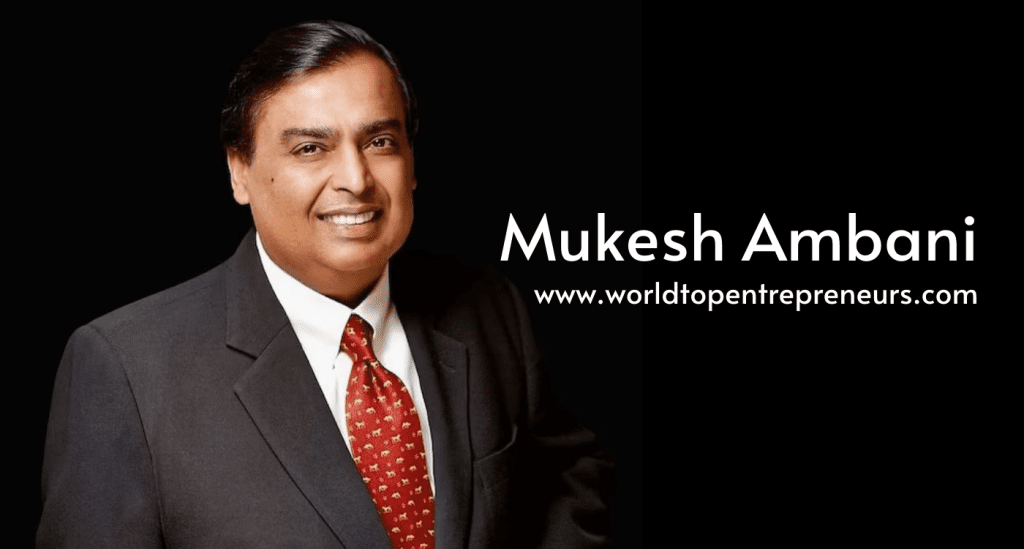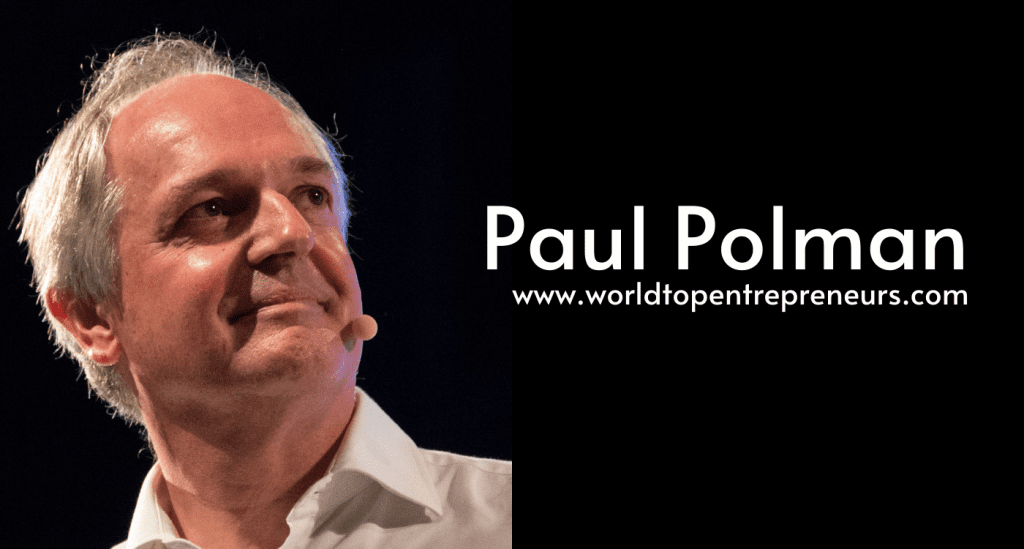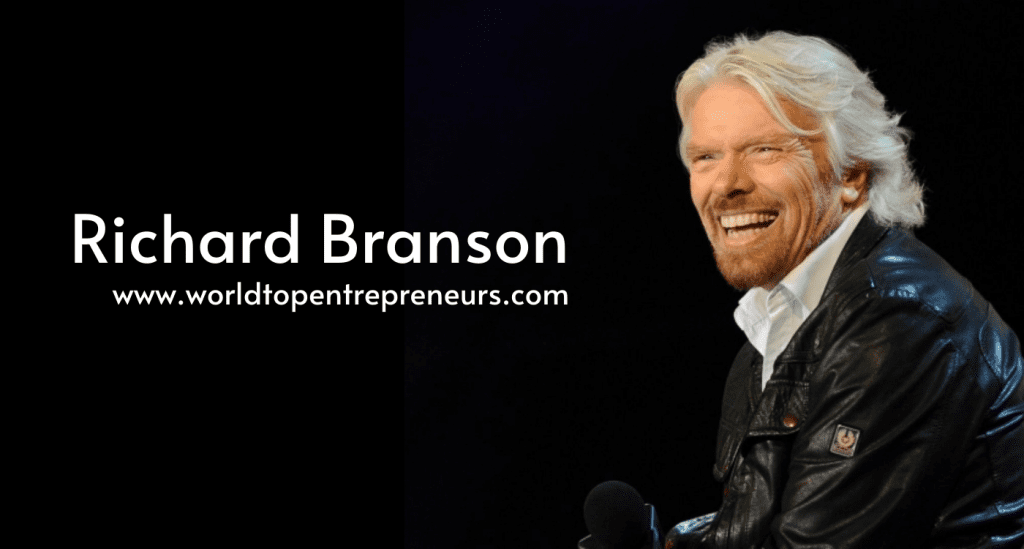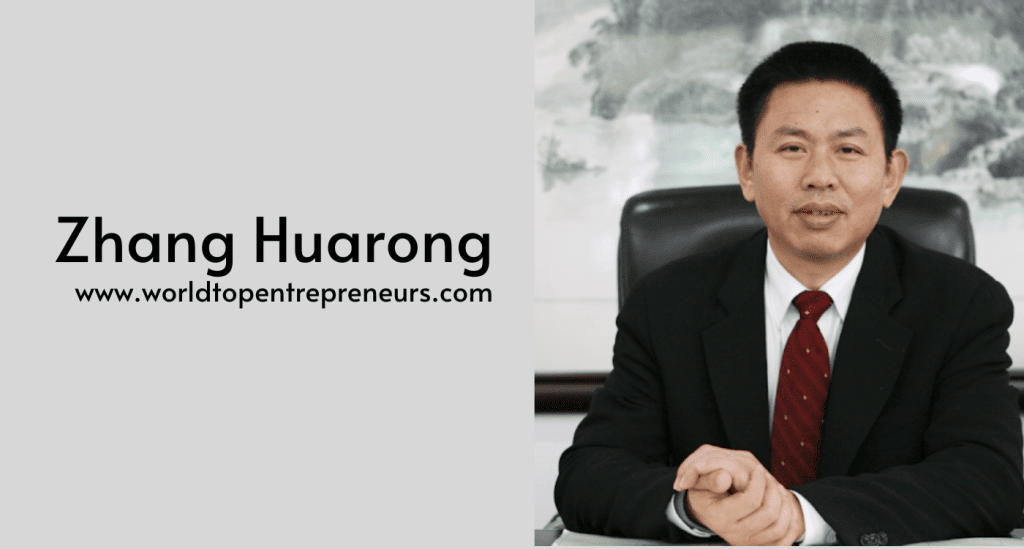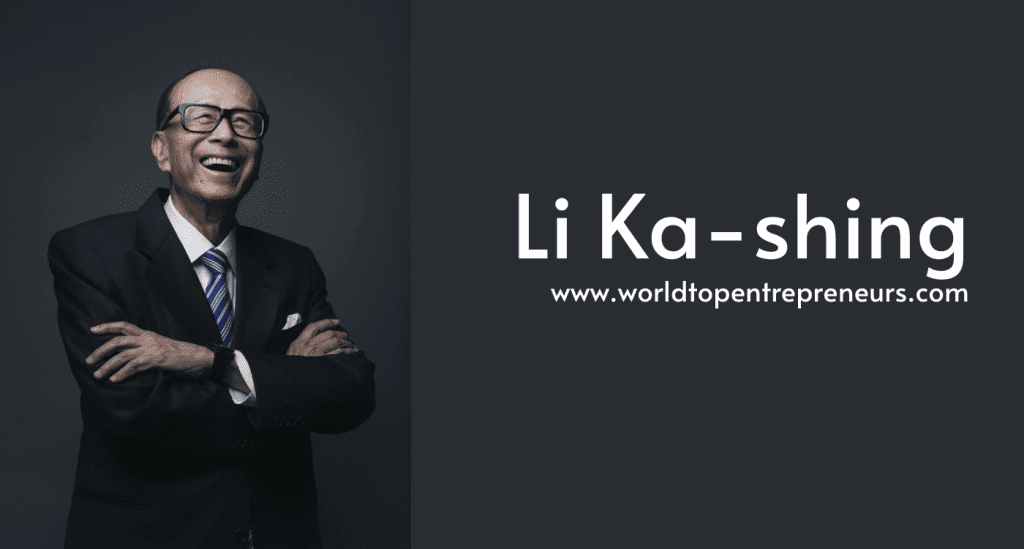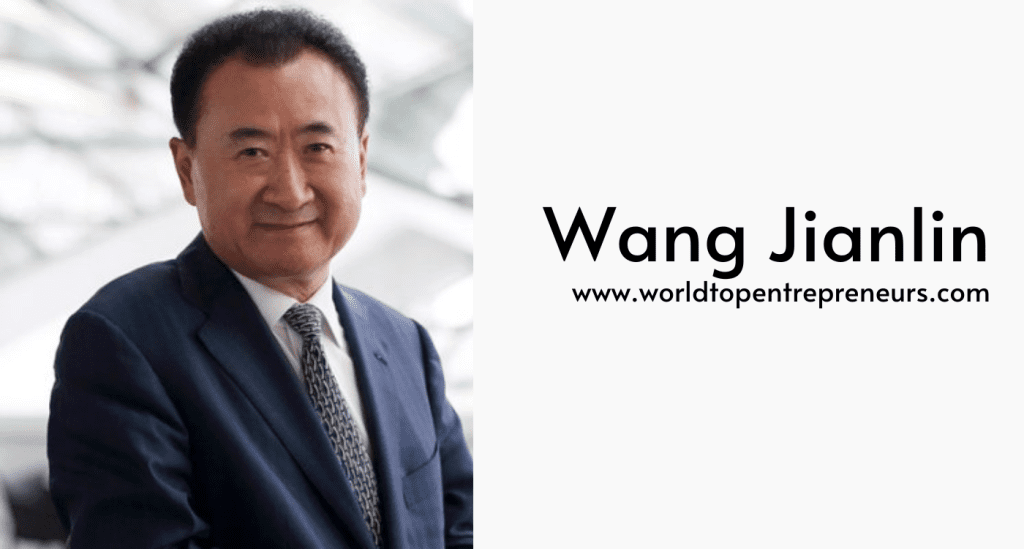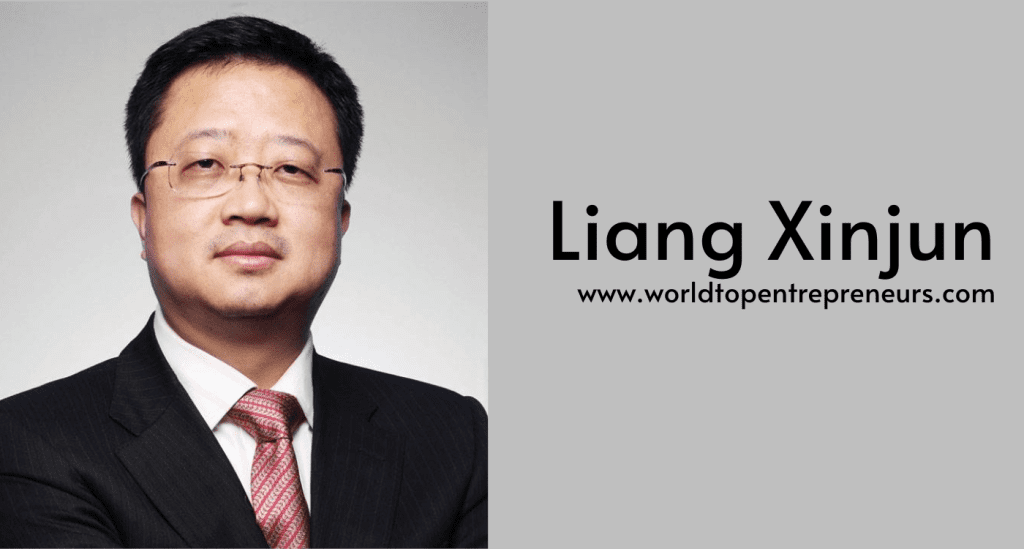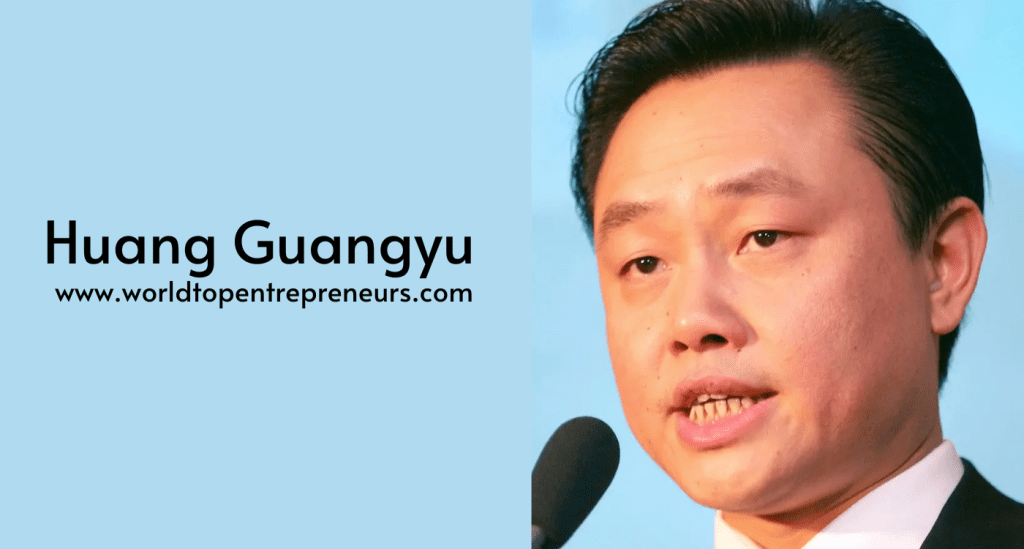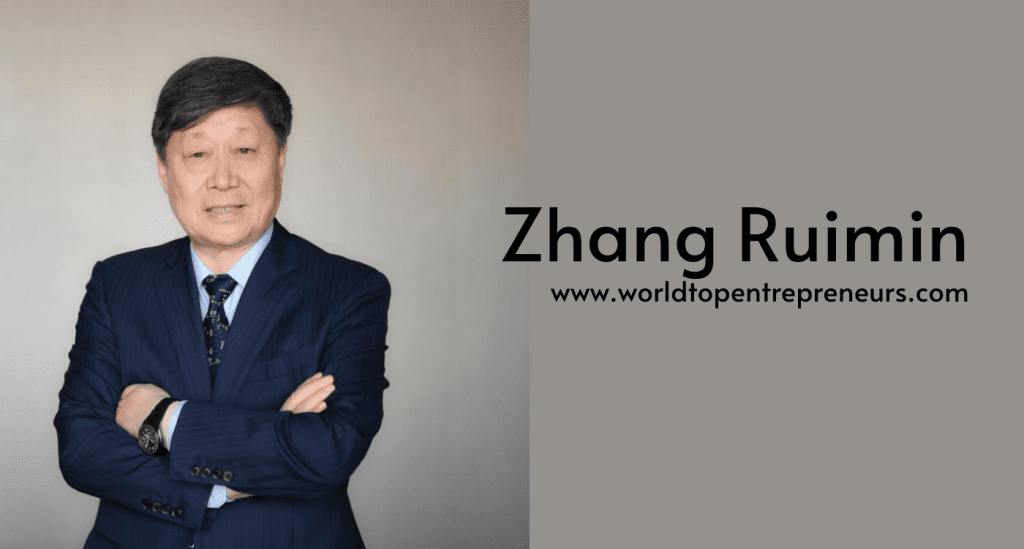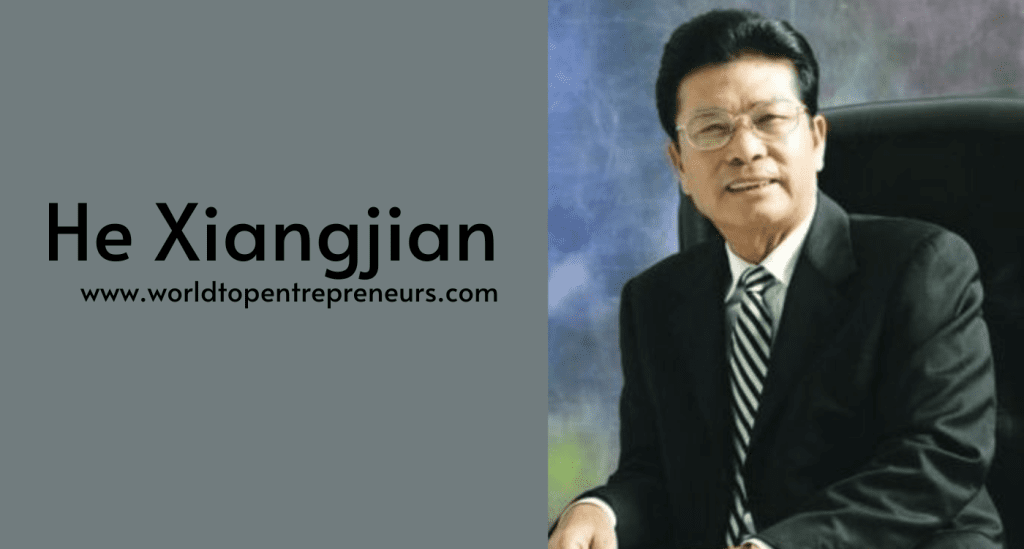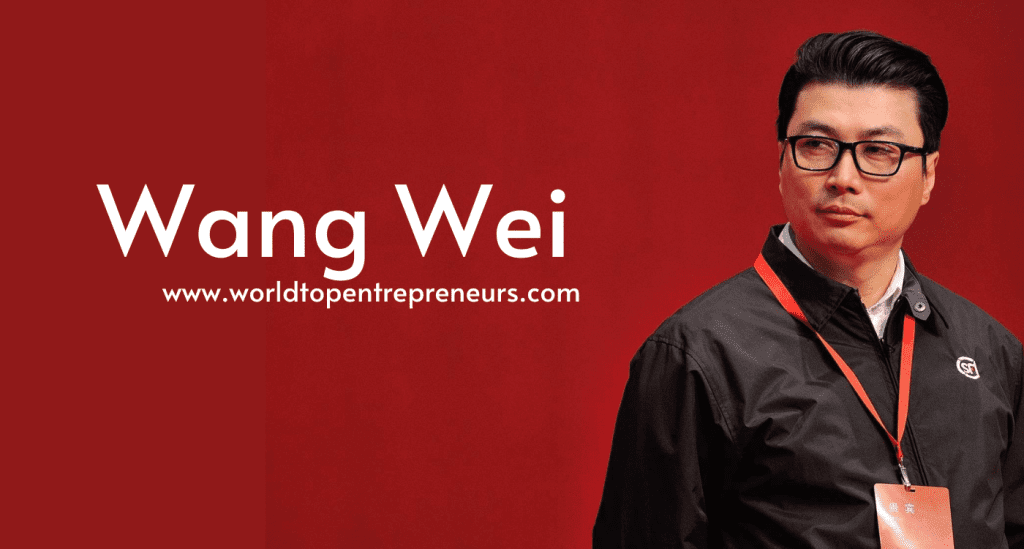Vladimir Lisin is one of Russia’s wealthiest and most influential businessmen, known for his leadership of Novolipetsk Steel (NLMK), one of the largest steel producers in Russia and a major player in the global steel industry. His entrepreneurial journey is a story of resilience, strategic foresight, and innovation in the highly competitive and capital-intensive steel industry. Lisin’s career, which spans decades, has been shaped by the collapse of the Soviet Union, the privatization of state-owned industries, and his ability to navigate Russia’s complex economic and political landscape. Today, as the chairman and majority shareholder of NLMK, Lisin is not only a key figure in Russian business but also one of the leading entrepreneurs in the global steel market.
This blog will explore Vladimir Lisin’s background, his journey from a young student to a steel magnate, the challenges he faced, and how he transformed NLMK into one of the world’s leading steel companies.
Early Life and Educational Background
Vladimir Lisin was born on May 7, 1956, in Sovetsk, Kirov Oblast, Russia (then the Soviet Union). Raised in a modest family, Lisin’s early life instilled in him a strong work ethic and a focus on education. He was always a diligent student and showed an early interest in engineering and industry, which would eventually shape his business path.
After completing his secondary education, Lisin enrolled in the Moscow Institute of Steel and Alloys (MISiS), one of the most prestigious universities in Russia for metallurgy and materials science. He graduated in 1979 with a degree in metallurgical engineering. His education at MISiS provided him with a strong foundation in the science and technology of steel production, an area in which he would later achieve extraordinary success. The technical knowledge he gained in metallurgy, combined with a practical understanding of the industrial sector, would prove critical as he ventured into the steel business.
Early Career: From Engineer to Entrepreneur
After completing his education, Lisin began his professional career at the Soviet Ministry of the Metallurgical Industry, where he worked as a production engineer. His early experiences in the industry provided valuable insights into the workings of the steel sector, and it wasn’t long before Lisin’s natural business acumen began to surface.
In the 1980s, as the Soviet Union began to show signs of economic stagnation and the push for market reforms started to take hold, Lisin began to see new opportunities for growth and expansion. The collapse of the Soviet Union in 1991 brought significant economic upheaval, but it also created an opening for private entrepreneurs to take control of state-owned assets, particularly in heavy industries like steel.
Lisin was quick to recognize the opportunities in Russia’s privatization wave, and his technical background in metallurgy proved to be an asset as he began to move into business. He initially became involved in the privatization of steel plants during the early 1990s, capitalizing on the government’s push to sell off state assets to private investors.
Founding NLMK and Strategic Growth
In the mid-1990s, Lisin took a major step forward in his business career when he acquired a controlling stake in Novolipetsk Steel (NLMK), a major steel producer located in Lipetsk, Russia. At the time, NLMK was struggling under state control, and its production facilities were outdated and inefficient. However, Lisin saw the potential for growth and modernization and embarked on a mission to turn NLMK into one of the leading steel companies in the world.
Lisin’s approach to building NLMK was strategic and visionary. He immediately set out to modernize the company’s operations, investing heavily in new technology and equipment to improve efficiency and increase production capacity. The focus was on turning NLMK into a more competitive player in the global steel market by enhancing its technological capabilities and ensuring the quality of its products.
Under Lisin’s leadership, NLMK gradually transformed from a state-run, underperforming company into a modern, global steel giant. His ability to attract foreign investment and form strategic partnerships with international companies helped NLMK access new markets and improve its product offerings. Over the years, NLMK expanded its presence not only in Russia but also internationally, with operations in Europe, the United States, and Asia.
Business Philosophy and Strategic Leadership
Lisin’s business philosophy has always been centered around operational efficiency, innovation, and technological advancement. He understood early on that in order to compete in the highly capital-intensive and cyclical steel industry, companies needed to embrace cutting-edge technology and optimize their production processes.
NLMK’s success under Lisin’s leadership can be attributed to several key factors:
- Focus on Innovation and Technology: Lisin made technological modernization a priority at NLMK. The company invested heavily in state-of-the-art equipment and research and development to improve the quality of its steel products and make production more cost-effective. This commitment to technological advancement has allowed NLMK to maintain its competitive edge in an industry where efficiency is key.
- Vertical Integration: NLMK has also been vertically integrated under Lisin’s leadership, meaning the company controls not only the steel production process but also the mining of raw materials such as iron ore and coal. This has allowed NLMK to reduce costs, secure a stable supply of raw materials, and improve the overall efficiency of its operations.
- Global Expansion: Lisin’s strategic vision extended beyond Russia’s borders. He sought to expand NLMK’s presence in international markets, positioning the company as a global steel player. NLMK’s global network includes plants in the U.S., Europe, and Russia, and the company has been able to access key markets in automotive, construction, and energy sectors around the world.
- Environmental Responsibility: Another hallmark of Lisin’s leadership has been his focus on sustainability and environmental responsibility. NLMK has made significant investments in reducing its environmental footprint, improving energy efficiency, and adhering to international environmental standards. This has helped the company stay ahead of regulatory changes and strengthen its reputation as a responsible corporate player.
Struggles and Challenges
Despite his many successes, Vladimir Lisin has faced significant challenges throughout his career, both personally and professionally.
- Privatization and Market Conditions: The 1990s were a time of great uncertainty in Russia, with the rapid privatization of state assets leading to fierce competition and political maneuvering. While Lisin managed to acquire a controlling stake in NLMK, his path was not always smooth. Like many other Russian businessmen, he had to navigate a maze of political and economic changes, including fluctuating market conditions and the rise of new competitors.
- Geopolitical and Economic Factors: The global steel industry is highly sensitive to geopolitical and economic changes, and NLMK’s fortunes have been influenced by fluctuations in global steel prices, trade policies, and political tensions. The ongoing trade disputes between major economies and sanctions on Russia have posed challenges for the company, requiring Lisin to remain adaptable and find new ways to mitigate risks.
- Management and Operational Challenges: Overseeing the transformation of NLMK from a state-run enterprise into a modern steel giant was not without its hurdles. Lisin had to manage not only the technical aspects of the company’s modernization but also the human resources and organizational changes that came with it. Aligning NLMK’s workforce with his vision and ensuring that the company remained competitive in an ever-evolving market were ongoing challenges.
Major Successes
Vladimir Lisin’s entrepreneurial journey has been defined by remarkable success, and NLMK’s growth has been one of the most prominent stories in the Russian steel industry. Some of his key successes include:
- Transformation of NLMK: Lisin’s greatest success is undoubtedly his transformation of Novolipetsk Steel (NLMK) from a struggling state-owned entity into one of the largest and most profitable steel companies in the world. The company is now a leader in steel production, with a significant market share in Europe, the U.S., and Russia.
- Expansion into Global Markets: NLMK’s international growth has been a testament to Lisin’s strategic foresight. The company has expanded its reach through acquisitions, joint ventures, and investments, securing a strong presence in the global steel market.
- Sustainability and Innovation: NLMK’s investment in technological innovation and sustainability has positioned the company as an industry leader in terms of product quality and environmental responsibility. Lisin’s focus on green technologies and reducing the company’s carbon footprint has helped NLMK stay competitive in a rapidly changing industry.
- Wealth and Recognition: As of recent years, Lisin’s wealth has consistently placed him among the wealthiest people in Russia and the world. His success in steel, as well as other investments, has earned him recognition not only in business circles but also in philanthropic and social initiatives.
The Future of NLMK and Vladimir Lisin
Vladimir Lisin’s legacy is firmly tied to NLMK, and his strategic leadership will continue to shape the company’s future. With a focus on innovation, global expansion, and sustainability, NLMK is poised to remain a dominant force in the steel industry for years to come. Under Lisin’s leadership, the company has embraced technological advancements, market diversification, and sustainable practices, ensuring that NLMK stays competitive in a rapidly changing world.
As Lisin looks to the future, the steel industry’s ongoing transformation, driven by digitalization, environmental concerns, and shifting global trade dynamics, will present both challenges and opportunities. However, with a solid foundation built

